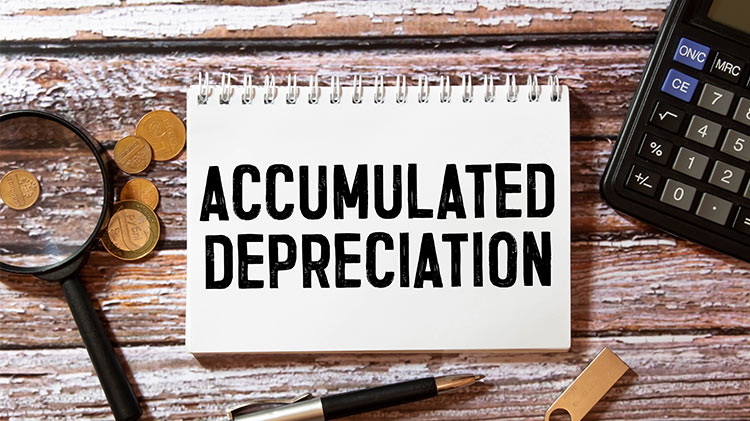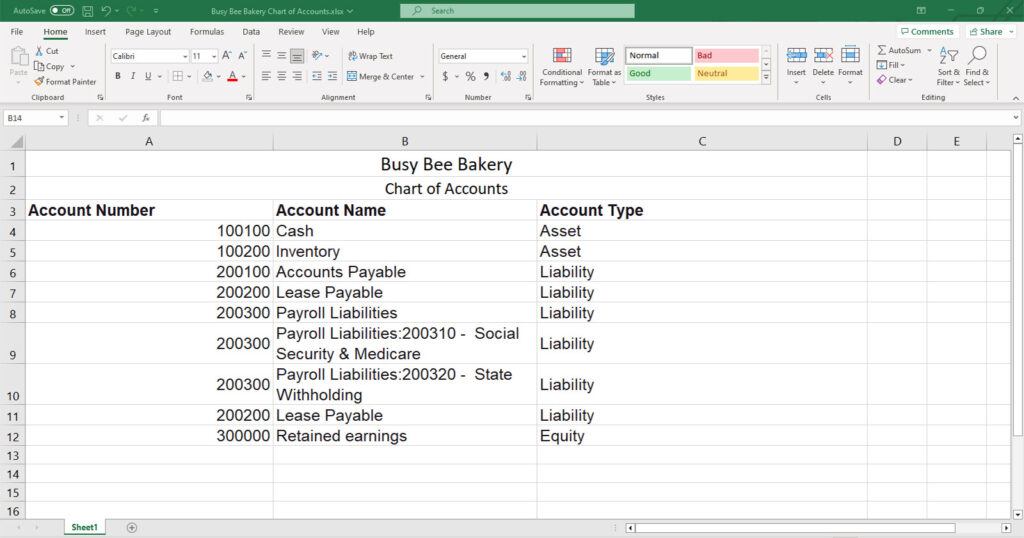Debits and credits are fundamentals in accounting. Each account in a general ledger will be designated debit or credit accounts depending on whether they’re categorized as assets, liabilities, revenues or expenses.
As a reminder, assets and expenses are debit accounts whereas liabilities and revenues are credit accounts. One other type of account is the contra account and for accountants, this is a must-know.
We will define what contra accounts are, the types of contra accounts and provide examples to illustrate.

Contra Account: Explained
The concepts of debits and credits in accounting dictate how transactions are recorded. For instance, to increase asset and expense accounts, we simply record a debit and to decrease those accounts, we can record a credit.
For liability and revenue accounts, credit transactions will increase and debit transactions will decrease the account balances. Another option is to use the contra accounts.
There is the existence of contra accounts in accounting which are accounts that have the purpose of decreasing the value of another specific account if the two accounts are netted or summed together.
This means that a contra account for a natural debit account (such as assets or expenses) will be a credit account and a contra account for a natural credit account (such as liabilities and revenues) will be a debit account.
The contra accounts will be grouped in the same category on the balance sheet or income statement as their related accounts. Generally speaking, the use of contra accounts is to ensure their related accounts stay clean and to keep track of historical cost easier.
Read More:
Allowance for Bad Debt: A Deep Dive to Understand Bad Debt
Popular Types of Contra Accounts
If you think about it, a contra account could be created for any suitable use depending on the company. However, the most popular contra accounts are contra asset accounts and here are a couple of popular contra asset accounts that are commonly seen across industries.
Accumulated depreciation:

This contra account is generally associated with any fixed asset account. In the fixed asset accounts, we record the cost and in order to keep the cost clean and easier to track, the depreciation on the fixed asset is recorded in a separate account called accumulated depreciation.
The accumulated depreciation will ultimately reduce the value of fixed assets when the two accounts are netted with each other.
Example:
Let’s break it down and look at Carl’s Construction Company (“CCC”). CCC bought equipment and machinery worth $100,000 at the beginning of the current financial year and estimates that the equipment and machinery will depreciate by $10,000 every year. At the end of the year, CCC needs to record depreciation of $10,000.
To keep the cost of the equipment and machinery intact and transparent, CCC will record this $10,000 in a separate contra-asset account called “Accumulated Depreciation” which will be shown like the following in the financial statements:
| Equipment and Machinery | $100,000 |
| Less: Accumulated Depreciation | ($10,000) |
| Total Equipment and Machinery | $90,000 |
The journal entry in the contra asset account “Accumulated Depreciation” will look like the following:
| Debit | Credit | |
| Depreciation Expense | $10,000 | |
| Accumulated Depreciation | $10,000 |
Read More:
Inventory is What Type of Account? [A Lesson on Inventory]
Allowance for doubtful accounts:
This contra account is associated with the accounts receivable of a company. More often than not, when doing business with customers, there will be instances when clients are not paying their amounts due for various reasons.
In order to keep the accounts receivables as clean as possible with their historical values, we will use this contra account called allowance for doubtful accounts.
Management will estimate an amount that is unrecoverable and record that amount in the allowance for doubtful accounts which will decrease the overall value of accounts receivable on the balance sheet when both accounts are netted together.
Example:
Taking the example of CCC again, the company has $50,000 in accounts receivable at year-end of December 31. CCC estimates that 5% of accounts receivable will most likely be unrecoverable.
Therefore, to ensure accounts receivable stays clean and transparent, CCC will record $2,500 in the contra asset account called “Allowance for Doubtful Accounts”. This will ensure the net value of accounts receivable at year-end is not overstated.
This will be shown as follows in the financial statements:
| Accounts Receivable | $50,000 |
| Less: Allowance for Doubtful Accounts | ($2,500) |
| Total Accounts Receivable | $47,500 |
The journal entry in the contra asset account “Allowance for Doubtful Accounts” will look like the following:
| Debit | Credit | |
| Bad Debt Expense | $2,500 | |
| Allowance for Doubtful Accounts | $2,500 |
Other Types of Contra Accounts:
As mentioned, there can be a contra account for any type of transaction depending on a company’s needs. Other than the above contra-asset accounts, we often see contra-revenue accounts for any sales returns or sales rebates.
This ensures the revenue accounts are kept clean and transparent.
Contra Accounts: Final Thoughts
Contra accounts are frequently used by accountants to record a transaction that decreases the value of an associated account.
Instead of recording the decrease in the main account directly, the use of contra accounts ensures that the associated account stays transparent and clean for financial reporting purposes. Contra accounts naturally are the opposite of their associated accounts.
As such, for an asset or expense account that is naturally a debit account, the contra accounts will be in a credit position. For a liability or revenue account that are naturally credit accounts, the contra accounts will be in a debit position.



